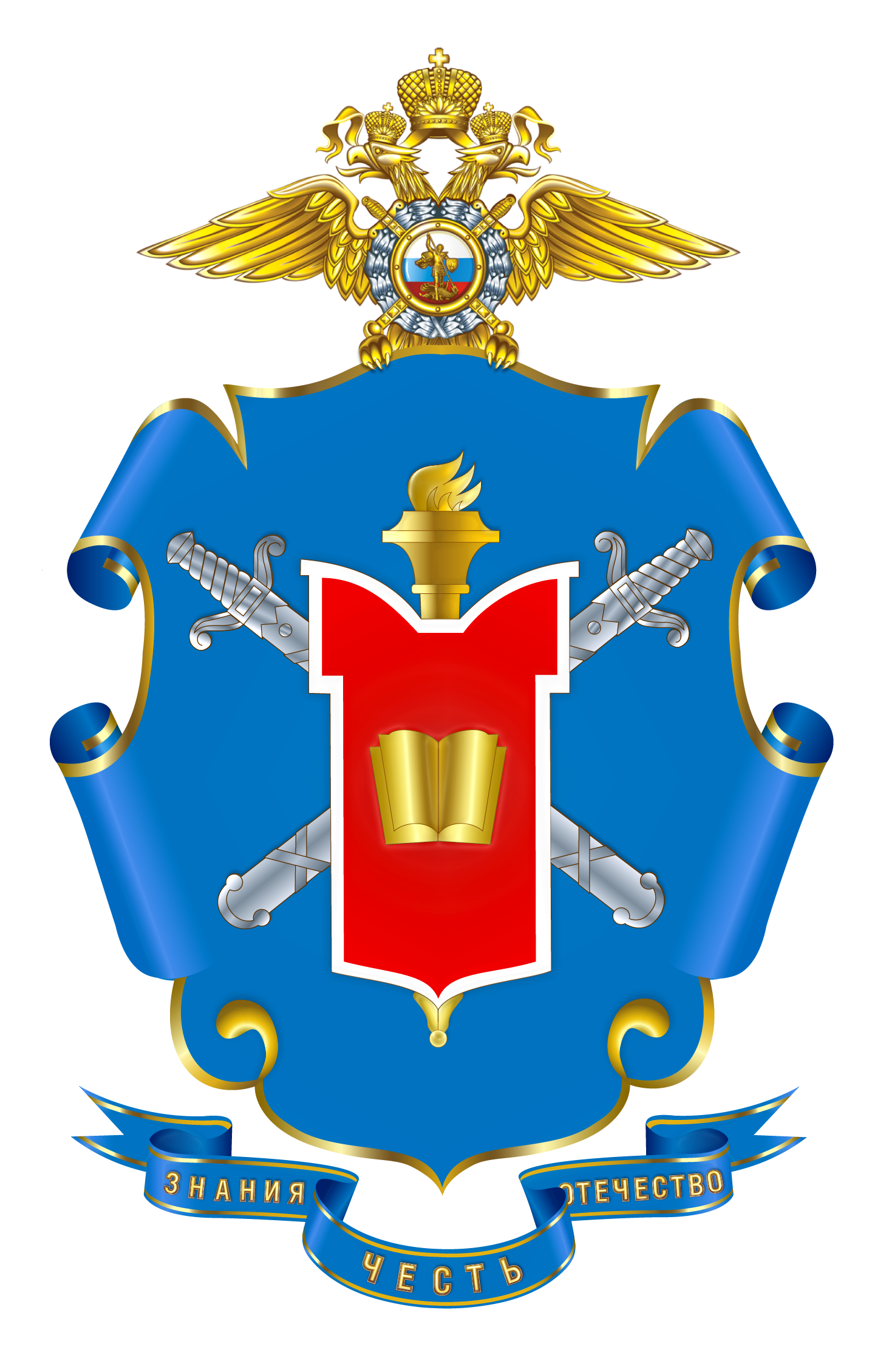On this day, in front of the entrance to the prison Saint-Pierre in the center of the Parisian suburb Versailles, in front of a crowd gathered as if for a performance, the serial killer Eugene Weidmann was executed: his head was cut off on the guillotine.
Weidmann was born in Germany and had German citizenship. He was arrested and convicted in France for a series of murders that he confessed to during the investigation.
A few hours before the execution, a crowd had already gathered in the street. People hoped to take a seat in the first row. They criticized the bloody «street performance» and called it unworthy of a civilized society.
The guillotine was set up on the pavement. The crowd stood just a few meters from the scaffold. Usually the executions took place at dawn. However, the preparations for this execution were delayed. The sun was already high in the sky when Weidmann was led to the guillotine. His hands were tied behind his back and he was wearing a white shirt without a collar.
Good light allowed journalists to take photos of the execution. An amateur film was even made from the windows of a nearby building – without the knowledge of the authorities.
The subsequent conduct of journalists and the crowd caused a stir in the upper echelons of power. The images that spread through media channels abroad created a grim picture of France. The public nature of executions had already been the subject of debate for several decades. An unexpected witness to the last public execution in Versailles was the future British actor Christopher Lee. The 17-year-old Briton was passing through Paris and was brought to the scene by a journalist friend. Years later, the actor, who has performed more than 200 film roles, told on the French radio that he could not look at what was happening and turned away. Nevertheless, Lee heard the sound of a head hitting the pavement. The actor, who embodied the image of the magician Saruman in the film trilogy based on the bookby Tolkien, outlined it in more detail in his autobiography «Lord of Misrule». In the book, he described the «wave of shouts and hooting» that swept through the crowd at the appearance of the condemned man. After the execution, according to Christopher Lee, the audience «rushed to the [decapitated] body with wild screams». Some of them dipped handkerchiefs and scarves in a pool of blood that had formed on the pavement. As a souvenir.
The report appeared, noting that public executions do not have the expected «moralizing effect». It was written by the head of government, Edouard Daladier. After that, the President of the French Third Republic, Albert Lebrun, decided to end the «public execution of death sentences». A week after the events in Versailles, the decree of 24 June 1939 was promulgated. It stated that execution might be carried out within a prison and that only a few persons (magistrates, lawyers, police officers, priests, representatives of religious faiths, doctors) were allowed to attend it.
Since then, the guillotine only worked inside prisons, and even there the execution site was covered with a black cloth. The last execution of a convict in France took place many years later, on 10 September 1977. On that day, the Tunisian Hamida Djandoubi was guillotined in a prison in Marseille for murder and rape.
The capital punishment was finally abolished in France after the publication of the law adopted by the Minister of Justice, Robert Badinter, on 9 October 1981.
Tomorrow ( … ) French justice will no longer be the justice of murder. Tomorrow (…) there will be no more hidden executions under the black dome in French prisons, to our common shame. Tomorrow we will turn the bloody page of our justice.
Robert Badinter: The speech on the occasion of the abolition of the death penalty, 17 September 1981
https://ru.euronews.com/2019/06/17/last-public-execution-in-france-ru
President of the Union of Criminalists and Criminologists
Igor M. Matskevich
Translated by Elizaveta Ovchinnikova
































